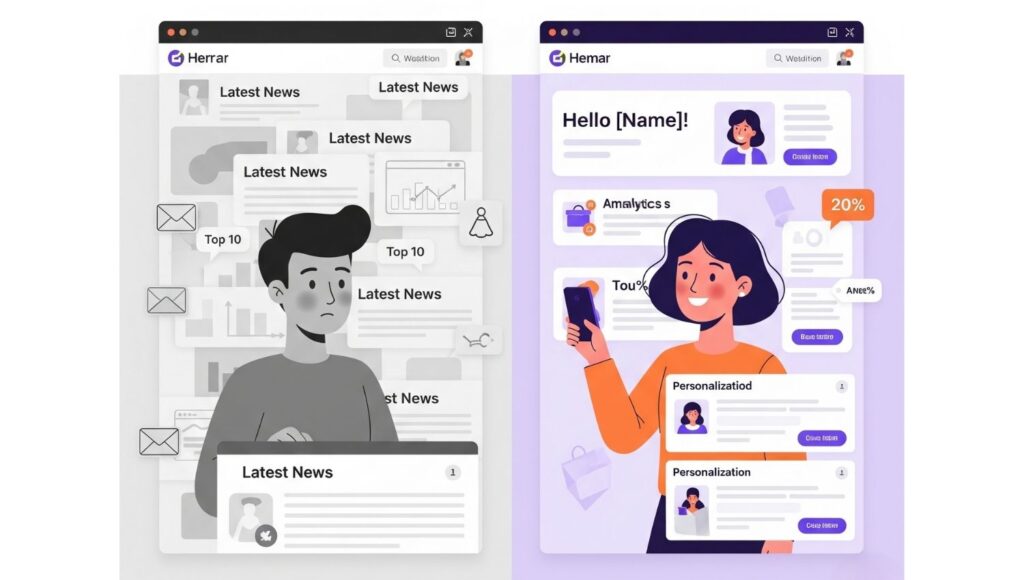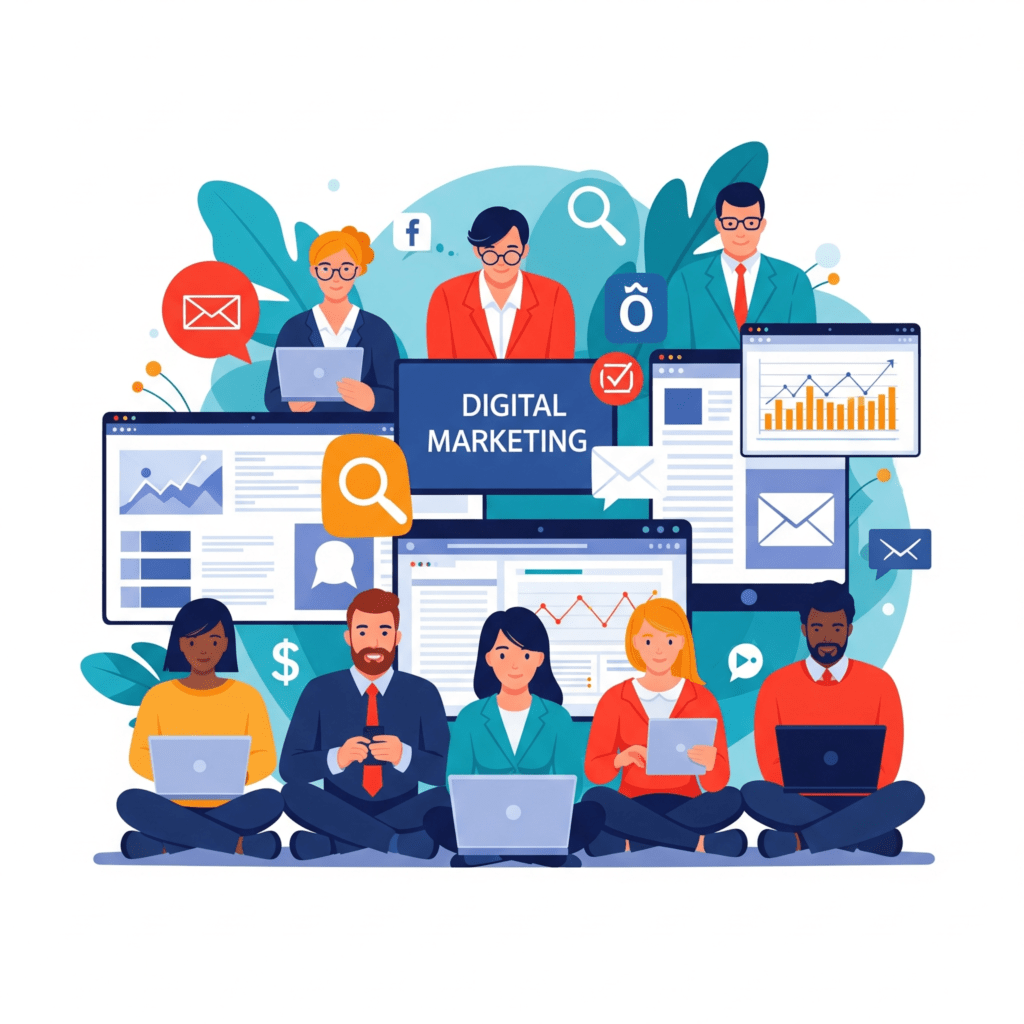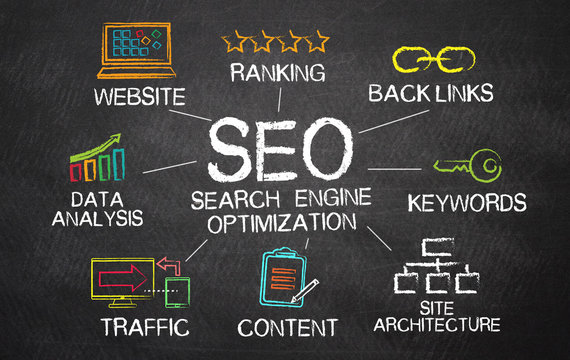Content Personalization: Speaking Directly to Your People
Table of Contents

Introduction
In the age of rapid digital, generic content doesn’t cut it anymore. Consumers demand better — they’re looking for messages that feel personal, experiences that feel individual, and brands that understand them. That’s where content personalization steps in.
At The Next Digital, we think in terms of creating content that doesn’t merely speak to your audience but speaks with them — as a conversation, not a campaign. In this post, we’ll dissect how to leverage personalization to convert one-time visitors into loyal customers, and browsers into believers.
1. What is Content Personalization?
Personalization of content is the process of customizing your content according to your audience’s interests, behavior, location, preferences, or demographics. It’s not a matter of rebranding — it’s a matter of adjusting your message to deeply resonate with various segments of your audience.
Consider this: If your brand is the host, then personalization is your way of greeting every guest in a different way — some with coffee, some with chai, and some with a joke.
2. Why Personalization Matters More Than Ever
Consumer Expectations Are Evolving: Individuals are being bombarded with advertising and content each day. Personalized content breaks through the noise and makes individuals feel seen.
- It Builds Trust: When people feel understood, they’re more likely to trust and engage.
- Boosts Engagement and ROI: Personalized emails, blogs, and ads often outperform generic ones in click-throughs, conversions, and loyalty.
3. The Psychology Behind Personalized Content
At its core, personalization taps into basic human needs:
- The need for recognition: Seeing your name or relevant topics grabs attention.
- Need for relevance: Content that answers your unique question feels more worthwhile.
- Emotional connection: Addressed content tends to elicit stronger emotions — which is what inspires action.
4. Levels of Content Personalization
There isn’t a single one-size-fits-all strategy. Below are typical levels:
Basic
- Inclusion of names in the subject lines of emails
- Interests-based segmentation of newsletters
Intermediate
- Personalizing landing pages by source of traffic
- Displaying recommendations in blogs based on search history
Advanced
- Dynamic content on your website that adapts to user behavior
- Instant product recommendations based on past interaction
You don’t have to begin at the top. Small changes can make a big difference.
5. Tools and Tactics (Without Getting Too Techy)
You don’t need an enormous budget or sophisticated tech to begin. Start with:
- Smart questions on your forms (e.g., “What’s your largest business challenge today?”)
- Tagging your content according to interest or user type
- Segmenting email lists according to clicks or previous behavior
- Utilizing simple analytics to see what content works best
Tip: Always make it human. Tools are useful, but strategy and compassion prevail.
6. Data You Need — and How to Gather It Ethically
Don’t use invasive methods. Instead, concentrate on value-based data gathering:
- During sign-ups: “What subjects appeal to you?”
- Utilize polls or quizzes
- Watch behavior (time on site, blog clicks)
- Never purchase data — buy it through trust
Transparency is essential. Inform people how their data enhances their experience.
7. Real-World Examples (Human-Centric Stories)
Let’s see how personalization feels in action.
Example 1: A Fitness Coach
Rather than emailing all subscribers the same advice, she emails varying plans depending on goals:
Muscle gain
Weight loss
Stress relief
Every group believes that the tips are specifically for them.
Example 2: A Neighborhood Cafe
By sending birthday coupons and recommending beverages based on previous orders, clients feel remembered — and return again and again.
That’s the effect of speaking directly.
8. Personalized Content in Various Formats
Emails
- Personalized subject lines = more opens
- Content customized to them = improved engagement
Utilize first names, previous purchases, or location.
Blogs
- Add “related articles” according to interest
- Offer content for various buyer personas (e.g., beginner, expert)
Websites
- Display location to display nearest store
- Welcome back returning visitors with “Welcome back!”
Ads
- Retarget based on last browse
- Display different creatives to various segments
Every platform is a chance to go personal.
9. How to Get Started (Even When You’re New)
- Know your audience: Develop 2–3 simple personas.
- Segment your email list: By interest or interaction.
- Use first names in emails and CTAs.
- Write different blog intros for different reader levels.
- Test and tweak: Experiment with A/B testing headlines, CTAs, and formats.
Start small. Stay consistent.
10. Challenges to Watch Out For
- Overpersonalization can feel creepy (“How do they know that?” feeling)
- Too many segments = too much content
Prevent burnout by concentrating on your top 2–3 audience segments.
- Poor data = bad personalization
Double check your data before applying it to personalize.
11. The Future of Content Personalization
As people engage more selectively, personalization will become a must-have rather than a nice-to-have. The future holds:
- Hyper-personalization with AI (used responsibly)
- Emotionally intelligent content
- Increased voice-based and interactive personalization
- Increased demand for privacy-aware practices
The brands that remain human-first in leveraging tech will be the ones that bring the way.
12. Final Thoughts
It is noise season, and the world needs your whisper.
Personalization is your brand’s whisper — the kind that makes people stop, listen, and connect.
You don’t need automation or massive tools. You just need to care enough to say,
“I see you, and this is for you.”
Frequently Asked Questions
Q1: What is content personalization?
A1: Personalizing content means adapting content to individual users in terms of behavior, interests, or data to make them more relevant and interesting experiences.
Q2: Why is personalization significant in digital marketing?
A2: It enables you to build deeper customer relationships, enhance engagement, drive more conversions, and make your content more competitive in a busy digital world.
Q3: How do I begin personalizing content on my site?
A3: Begin by knowing your audience, dividing them up based on interest or behavior, and tailoring items such as blog suggestions, CTAs, and headings.
Q4: What content can be made personalized?
A4: Emails, blogs, landing pages, ads, product suggestions, and even social media updates can be made personalized.
Q5: Are advanced tools required to personalize content?
A5: No. You can start with straightforward strategies such as customized email subject lines, interest-based content labels, and user feedback forms.
Q6: Personalization is only for large brands, right?
A6: No, definitely not. Small businesses and sole proprietors can stand to gain significantly from personalized content by providing a more human and relevant user experience.
Q7: How do I ethically gather data for personalization?
A7: Request information when users sign up, fill out surveys, or respond to polls. Always disclose what use will be made of the information and maintain user privacy.
Q8: What if I overdo personalization?
A8: Excessive personalization can be annoying. Be subtle, relevant, and always value-driven—don’t make users feel they are being watched.
Q9: Can personalization help with SEO?
A9: Yes. Personalized content increases engagement and lowers bounce rates, which can indirectly enhance SEO rankings.
Q10: What is the future of content personalization?
A10: The future holds AI-powered hyper-personalization, voice interactions, and more emotionally smart content—coupled with effective privacy practices.


